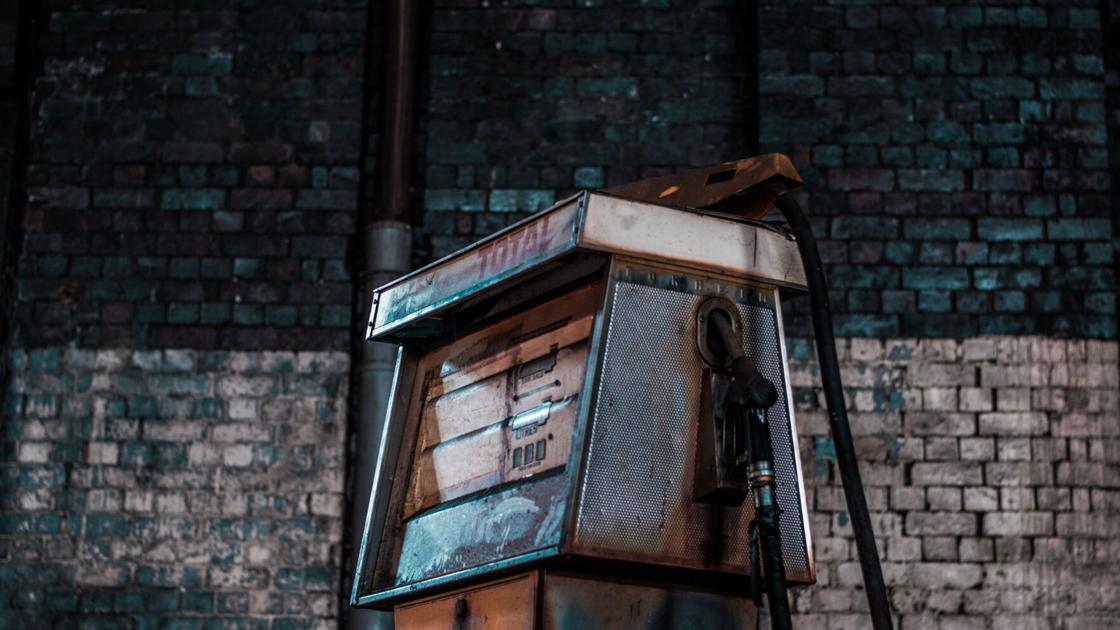
It is not unusual for individuals, organizations, and governments to take time out when the calendar changes to a new year and look to the future. Some search for the ensuing year, some for five or ten years out, and others 25 to 50 years into the future. In my case, it is around 14 years — the year 2035.
In 2035 in Vermont, it came to pass that only one gas station remained in operation, and it was located in Randolph. The state’s fossil fuel czar had established that the gas station would be in Randolph because it is almost at the state’s geographic center.
During the years leading up to 2035, Vermonters were mandated to drive electric-powered cars and trucks within the state. The order originated from the Vermont Climate Council’s Dec. 1, 2021 report to the Agency of Natural Resources and Legislature.
The years in between were nothing short of chaotic, not only for the owners of gasoline and diesel-operated vehicles but for the hundreds of Vermont gas stations.
Once it became known that fossil fuels used for transportation were going to be a thing of the past, gas stations throughout the state ceased to upgrade their pumps and tank storage facilities. Many stations decided that their investment return would not justify the hundreds of thousands of dollars required. In less than a decade and a half, they no longer pumped gas. The business decision was to close shop, and hundreds did so.
However, not all stations closed. Regional and national chain stations did convert their properties to battery-charging stations once they removed their tanks and pumps — a costly undertaking. But, they had the funding with which to do so.
The change-over to charging stations, while simultaneously closing gas stations, did not go well. Back in the early 2020s, the Biden Administration’s goal to build over a million charging stations never materialized; the country was still paying out trillions of dollars for economic relief caused by the 2020 COVID-19 pandemic that lasted longer than expected.
Nevertheless, those in charge of the state government insisted that the goal of no fossil fuel cars and trucks was paramount. They used the examples of Japan, California, and France, which all in 2020 banned fossil fuel cars by 2035. Even the Ford Motor Company announced in 2020 that it would only produce EVs by 2035. In January 2021, General Motors followed suit. Vermont had something to prove, no matter the cost.
What was overlooked in the conversion process took place during the mandated change-over. The anti-fossil fuel advocates never anticipated how stations would close much sooner than 2035 and how fuel deliveries came to a trickle. The line-up at stations for gas or charging was horribly long, costly, and frustrating for thousands daily. It was much greater than the experiences in the mid-1970s gasoline crisis.
For the most part, the VCC’s work dealt with transportation and home/business heating — very little about marine craft. By 2035, Vermont’s diesel and gas-operated boating came to a halt. Only a few boats operated with batteries.
Two other concerns were not anticipated: what to do with the tens of thousands of fossil fuel-operated cars and trucks that were piled up as junk, and the other, of greater importance, was the electric power shortage in the state’s grid to service the EVs. In 2020, over 70 percent of the State’s largest electric supplier’s energy was imported from Canada. In 2035, it was closer to 95 percent.
In 2035, it was still unresolved as to whether the Randolph gas station, the last in Vermont, would become a historic site. Major Vermont historical and preservation groups vied to take it over.
"in" - Google News
March 27, 2021 at 11:00AM
https://ift.tt/2P9F9Og
Don Keelan: The last gas station in Vermont - Bennington Banner
"in" - Google News
https://ift.tt/2MLa3Y1
https://ift.tt/2YrnuUx
Bagikan Berita Ini














0 Response to "Don Keelan: The last gas station in Vermont - Bennington Banner"
Post a Comment